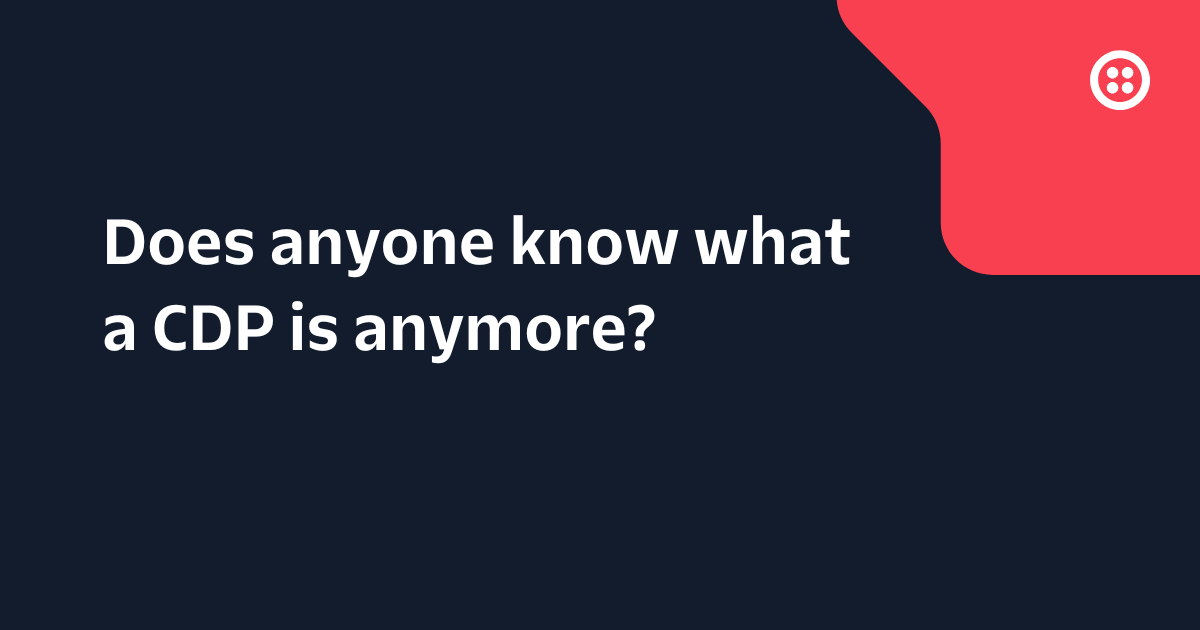A2P Messaging – A Once in a Decade Industry Transition
Time to read: 2 minutes

[For the most up-to-date information on A2P 10DLC, check out "What is A2P 10DLC?"]
27 years ago, the very first SMS was transmitted in the United Kingdom, starting a revolution in personal communications. Up until that point, mobile telephony had been limited to synchronous, real-time communication with voice calls.Short Message Service (SMS) introduced the world to asynchronous communications via messaging, or async messaging–an entirely new way to communicate through a mobile phone.
Ten years later, in 2002, the United States carriers banded together and delivered interoperability–allowing users on one network to text-message users on another network–setting the stage for messaging’s explosive growth.
Today, the World Economic Forum estimates that 16 million text messages are sent every minute, totaling an incredible 23 billion messages a day. The Cellular Telecommunications Industry Association (CTIA) in the US estimates that text messaging has grown 7.7% on average year over year for the last 10 years.
The emergence of Application to Person (A2P) Messaging
While the 2000s witnessed the growth of person-to-person (P2P) messaging, the 2010s have seen the growth of application-to-person (A2P) messaging.
As businesses have become increasingly digital in tandem with the adoption of mobile, messaging is now standard practice for brands to send short notifications and updates to customers, who expect information to be pushed to them. In fact, A2P messaging can be a valuable differentiator for customer experience.
Carriers and communications companies alike recognize how the speed of A2P messages versus P2P messages is creating a once-in-a-decade transition from one to the other across the telecommunications ecosystem.
Carriers have been working on adding new A2P-capable 10-digit long code products and guidelines to handle this shift and enable asynchronous messaging at higher volumes with lower filtering.
Twilio’s messaging innovations and A2P
In 2010, Twilio was one of the first companies to provide text-messaging over long codes through a simple-to-use REST API. In 2011, we launched short codes to handle larger use cases and high volume texting. In 2013, we launched picture messaging for sending media via a text message.
Since then, we’ve been eagerly anticipating to see what our customers build.
From group messaging to virtual phones to support agents handling cases via SMS, Twilio customers are using both long codes and short codes to engage with their customers in innovative ways.
Overall, many of our customers would like the power of a short code combined with the flexibility of a long code purpose-built for A2P messaging. We are working closely with carriers to understand their requirements in order to enable access for our customers.
2019 will be a year of transition as the ecosystem makes the shift from P2P to A2P. In future blog posts over the coming months, Twilio will keep you updated on future changes and trends that can impact your business’ messaging plans.
Related Posts
Related Resources
Twilio Docs
From APIs to SDKs to sample apps
API reference documentation, SDKs, helper libraries, quickstarts, and tutorials for your language and platform.
Resource Center
The latest ebooks, industry reports, and webinars
Learn from customer engagement experts to improve your own communication.
Ahoy
Twilio's developer community hub
Best practices, code samples, and inspiration to build communications and digital engagement experiences.


